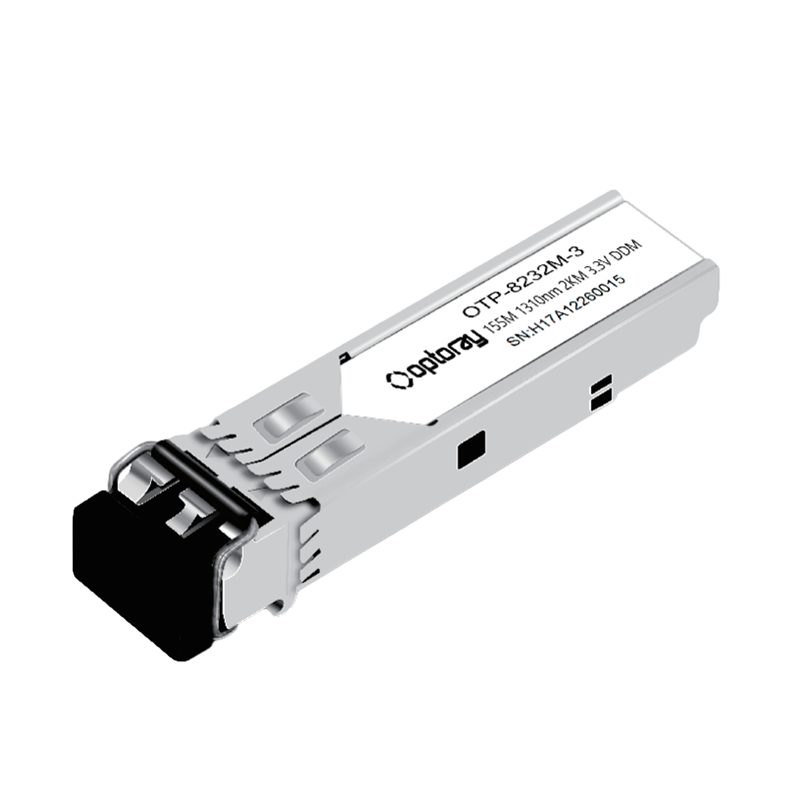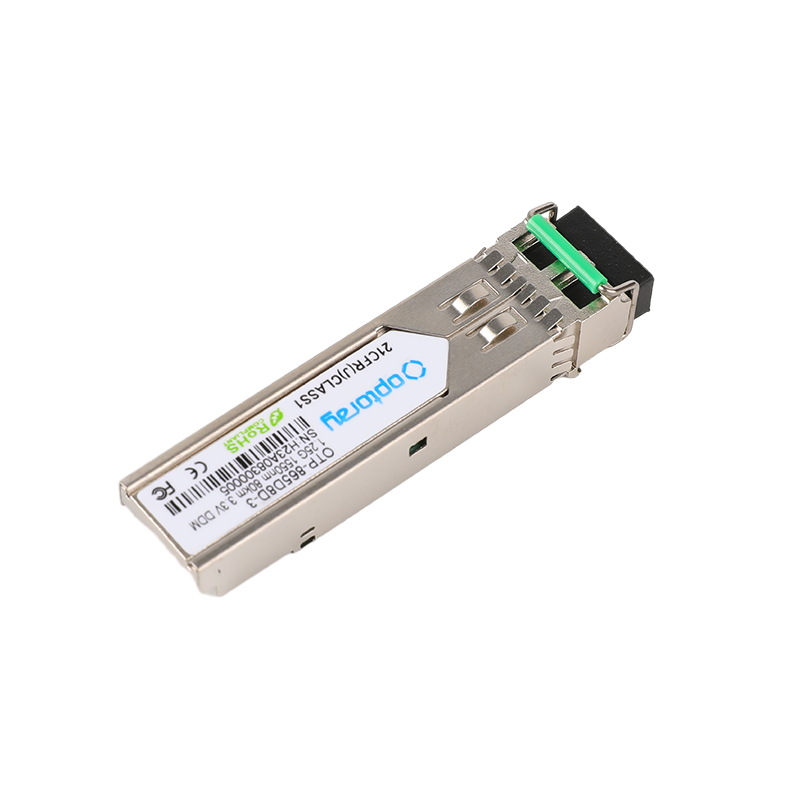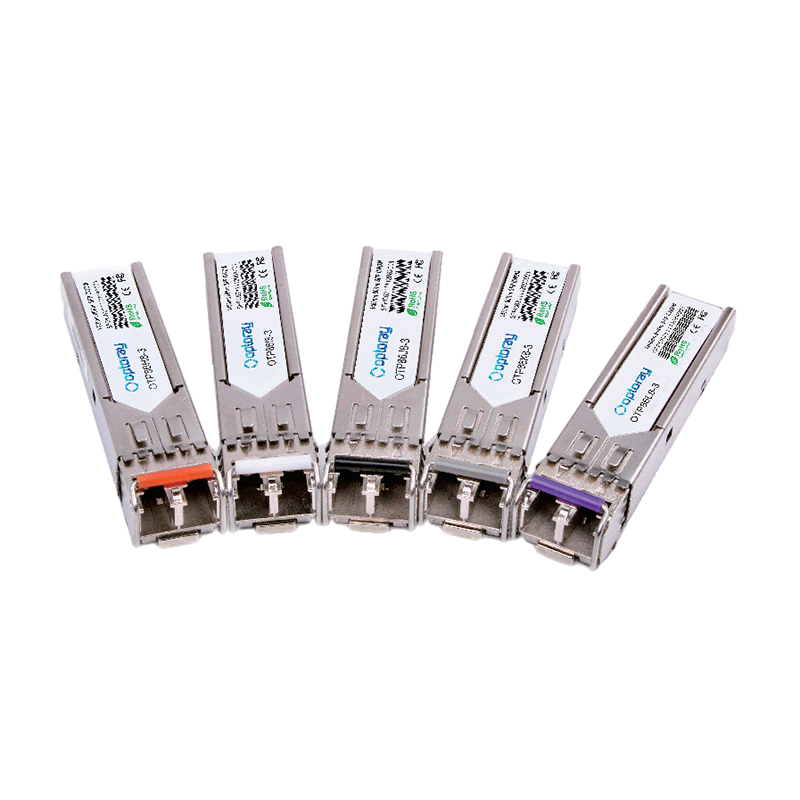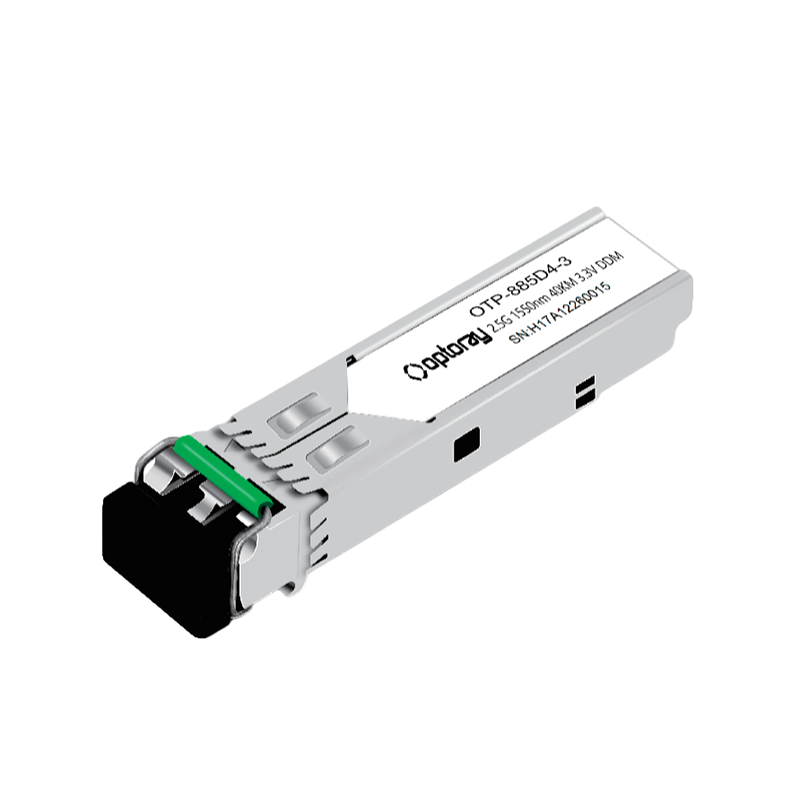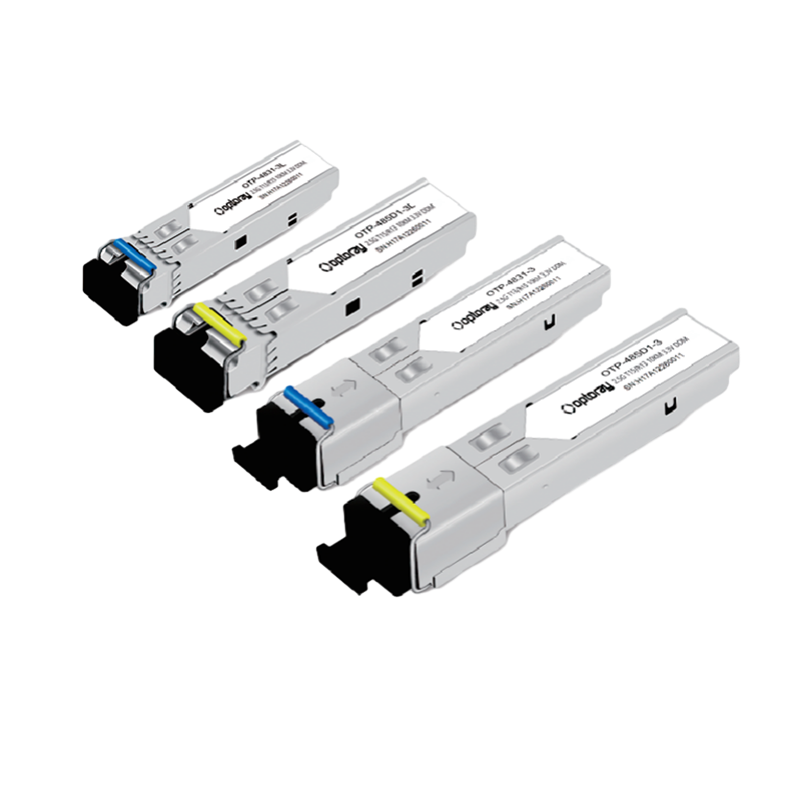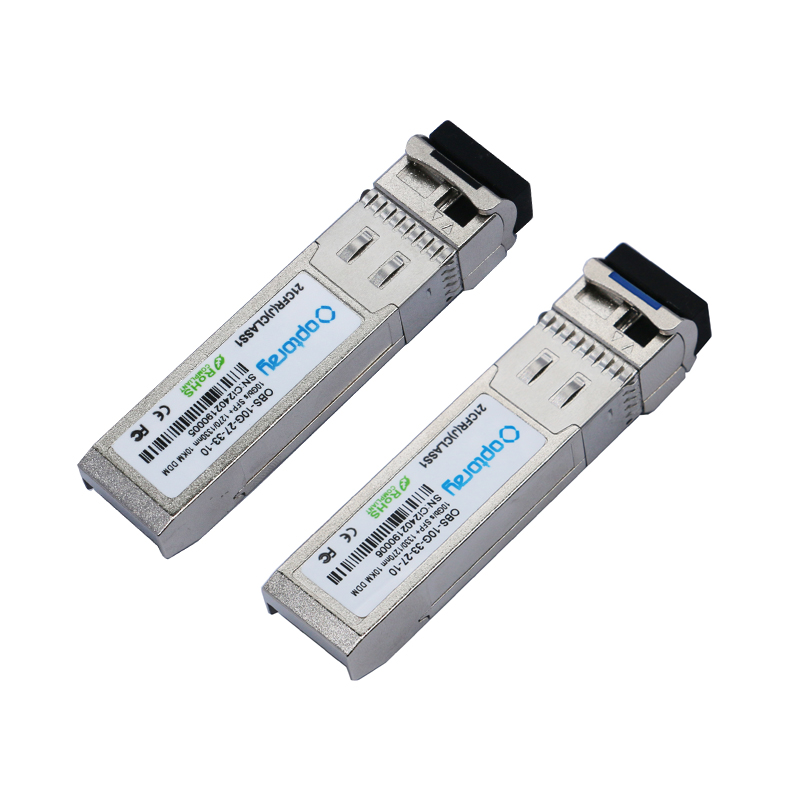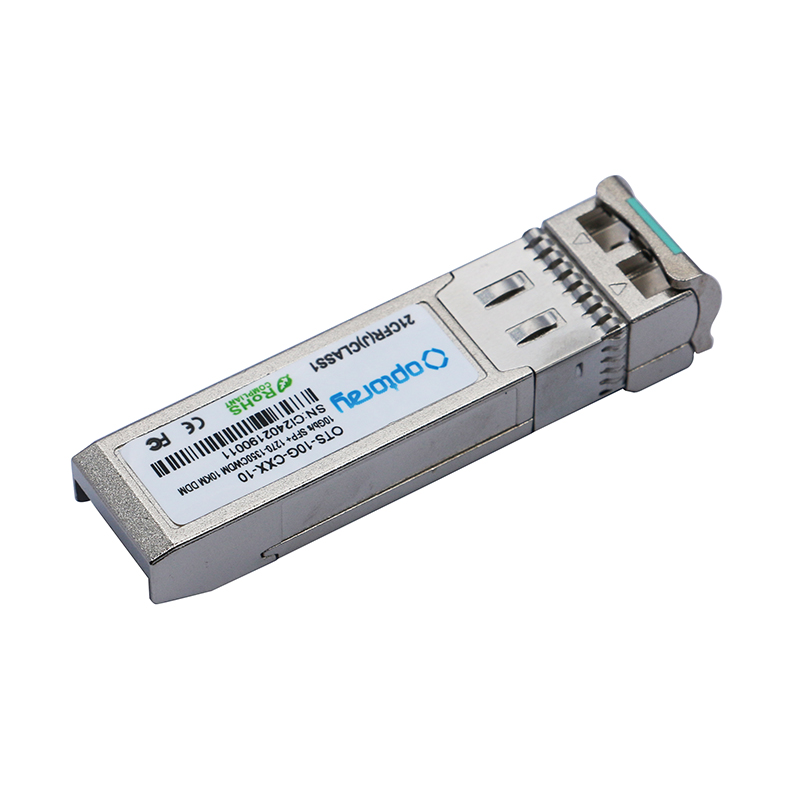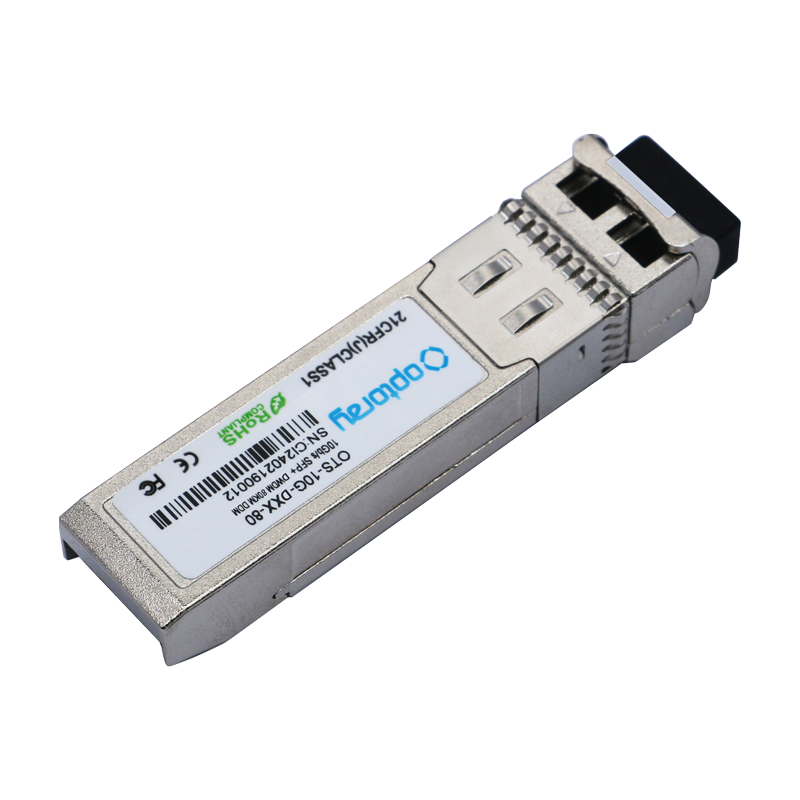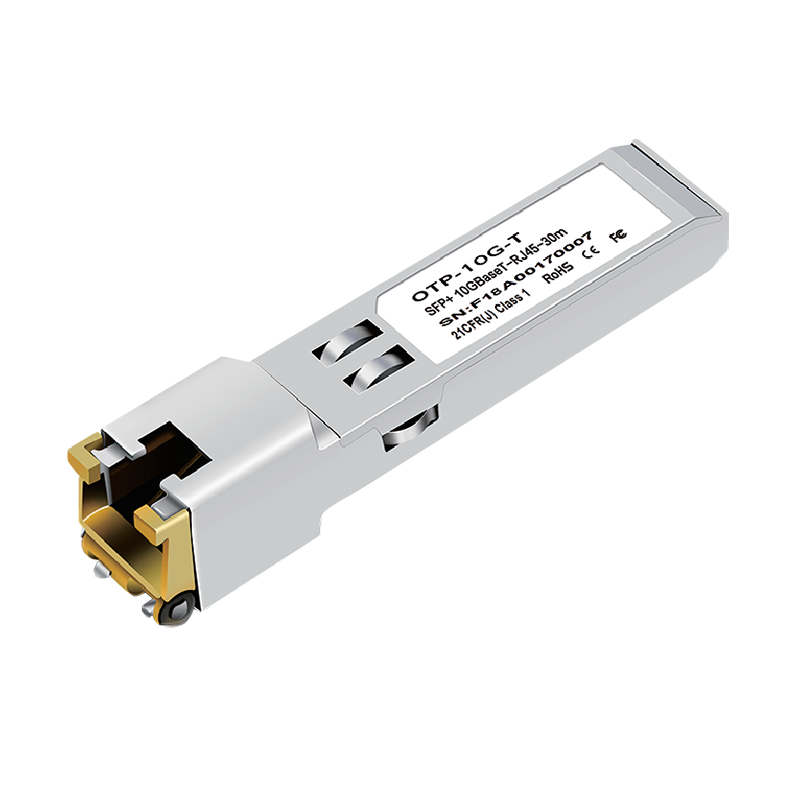+86-0559-5290604
Optical Transceiver: The core link in the field of optical communication
In today's digital age, high-speed transmission of information has become a key force in promoting social development. From the Internet we use daily to the massive data exchange in data centers, from the smooth playback of high-definition videos to the precise diagnosis of telemedicine, efficient and reliable communication technologies are indispensable behind them. Among many communication technologies, optical communication stands out with its advantages of high speed, large capacity, and low loss, and has become the backbone of modern communication networks. In optical communication systems, optical transceivers, as the core components for realizing photoelectric signal conversion, play a vital role, just like a bridge connecting the digital world, allowing information to shuttle freely between the world of light and electricity.
1. Working principle of optical transceivers: the magic of photoelectric conversion
Optical transceivers have the functions of sending and receiving data. Its core task is to realize the mutual conversion between electrical signals and optical signals. At the transmitting end, electrical signals are like busy messengers, carrying a lot of information. The laser source (such as VCSEL, DFB, etc.) in the optical transceiver converts these electrical signals into corresponding optical signals under the precise control of the driving circuit. These optical signals are like photon trains speeding on the optical fiber highway, transmitting at high speed along the optical fiber medium. At the receiving end, the optical transceiver performs a reverse conversion. The optical detector (such as PIN, APD) is like a keen perceiver, capturing the transmitted optical signal and converting it back into an electrical signal. Subsequently, after a series of processing such as amplification and shaping, these electrical signals can be recognized and processed by the communication equipment. This photoelectric conversion process seems simple, but it actually contains complex and sophisticated technology, ensuring the efficient transmission of information between different media.

2. Types of optical transceivers: Diversification meets diverse needs
With the rapid development of communication technology and the increasing richness of application scenarios, optical transceivers have also shown a variety of types. In terms of size, there are small and exquisite SFP (Small Form-factor Pluggable) series, such as SFP, SFP+, SFP28, etc., which are widely used in switches, routers and other equipment with their compact design, making it possible for miniaturization and high-density integration of network equipment; there are also powerful QSFP (Quad Small Form Pluggable) series, such as QSFP, QSFP28, QSFP-DD, etc., which can provide higher transmission rates and more channels, and shine in scenarios with great bandwidth requirements such as data centers.
In terms of transmission distance, single-mode optical transceivers are suitable for communication scenarios such as metropolitan area networks and wide area networks that need to span longer distances, with a transmission distance of tens of kilometers or even farther; while multi-mode optical transceivers perform well in short-distance transmission and are often used for device connections within local area networks. The transmission distance is generally between hundreds of meters and several kilometers. Different types of optical transceivers have their own advantages, meeting the communication needs of different industries and scenarios.
III. Application fields of optical transceivers: lighting up every corner of the communication world
As a key component of optical communication systems, optical transceivers have a wide range of applications. In data centers, they are bridges for high-speed data transmission between servers, storage devices, and network switches. Whether it is massive data exchange between internal servers or remote communication and data backup between data centers, optical transceivers ensure efficient data flow with their high speed and stable performance.
In enterprise campus networks and campus networks, optical transceivers are used to connect network devices between different buildings, providing enterprises and schools with reliable and high-speed network connections, and ensuring the smooth progress of daily office, teaching, scientific research and other activities. In the field of radio and television, optical transceivers are responsible for transmitting high-quality audio and video signals, allowing viewers to enjoy a clear and smooth audio-visual feast. In military communications, optical transceivers play a vital role, providing highly secure and reliable communication guarantees for military command, intelligence transmission, etc., and ensuring the accurate transmission of information in complex environments.

IV. Development Trend of Optical Transceivers: Welcome to a High-Speed, Intelligent Future
With the vigorous development of emerging technologies such as 5G, artificial intelligence, and big data, the requirements for communication bandwidth and speed are also rising. As the core of optical communication, optical transceivers are developing towards higher speed, lower power consumption, smaller size, and intelligence. On the one hand, R&D personnel are constantly exploring new materials and technologies to achieve higher transmission rates, such as moving from the current 100G and 400G to 800G or even higher rates; on the other hand, by optimizing the design and adopting new chips, the power consumption of optical transceivers is reduced, energy consumption is reduced, and green communication is achieved.
As the core link in the field of optical communication, Optical Transceiver has a profound impact on all aspects of our lives with its unique working principle, diverse types, and wide applications. With the continuous advancement of technology, it will continue to gallop on the track of high-speed communication, contribute to building a more intelligent and efficient digital world, and lead us towards a better communication future.



 English
English русский
русский


